JOIN the AFICIONADOS
Get the insider news and lowdown on what we've been up to, where we've been, and who we've met along the way. Be the first to discover new places and get the scoop on our favourites.
Mühlviertel’s prosperous history as an important industry hub has made it a historical centre for innovation. Johannes Kepler, for example, the famed astronomer known for his groundbreaking laws of planetary motion, worked from the region’s capital, Linz.
From the 17thcentury to the 19thcentury, in the era of new trade routes with the Far East, Asian commodities flooded Europe. In Austria, we see the impact of this economical change in the textile industry: silks and cottons in exotic prints and colours influenced consumers’ tastes. Austrian weaveries took note.
Not per se the oldest of Mühlviertel’s linen weaveries – though founded in 1878 – Blaudruck Wagner definitely stands out in this way.
The family company, located in Bad Leonfelden, was an early adopter in using the technique of printing linen with a dark blue dye, and was one of the 17 in the area to master it.
In those days, the tradition was seen as greatly innovative. Originally from Asia – and typefied as ‘Indian’– the style was very much in demand, seeing as linen is a robust fabric, and the dark dye made it stain-resistant, the blue-dyed textiles were used as workman’s clothing.
Today, in Mühlviertel, solely the Wagner family upholds this traditional way of dying linens in a dark blue by hand. No wonder then, that ‘blue-dyeing’ is considered Intangible Cultural Heritage by the UNESCO.
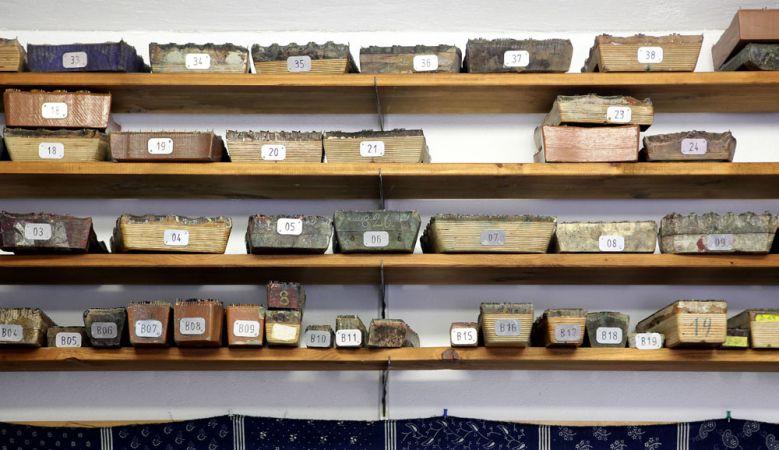
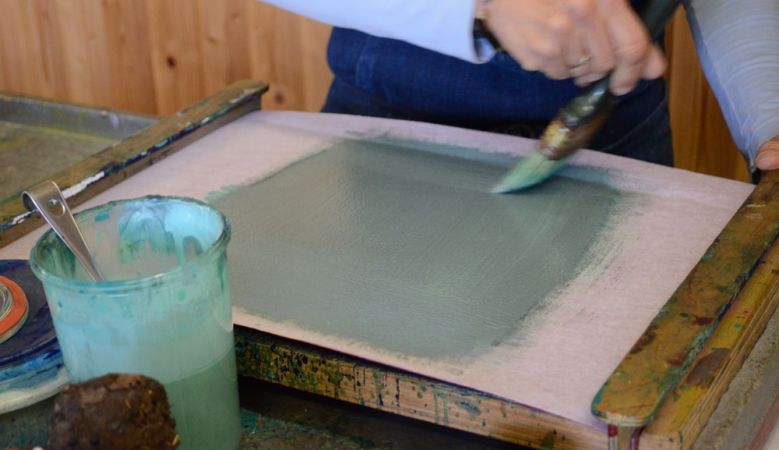
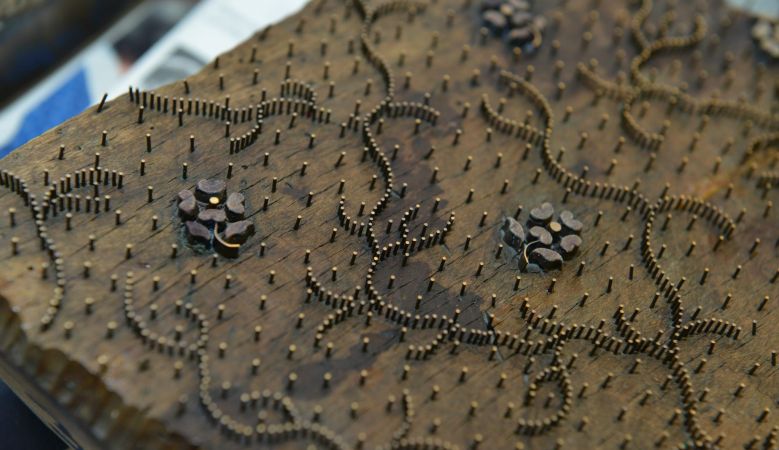

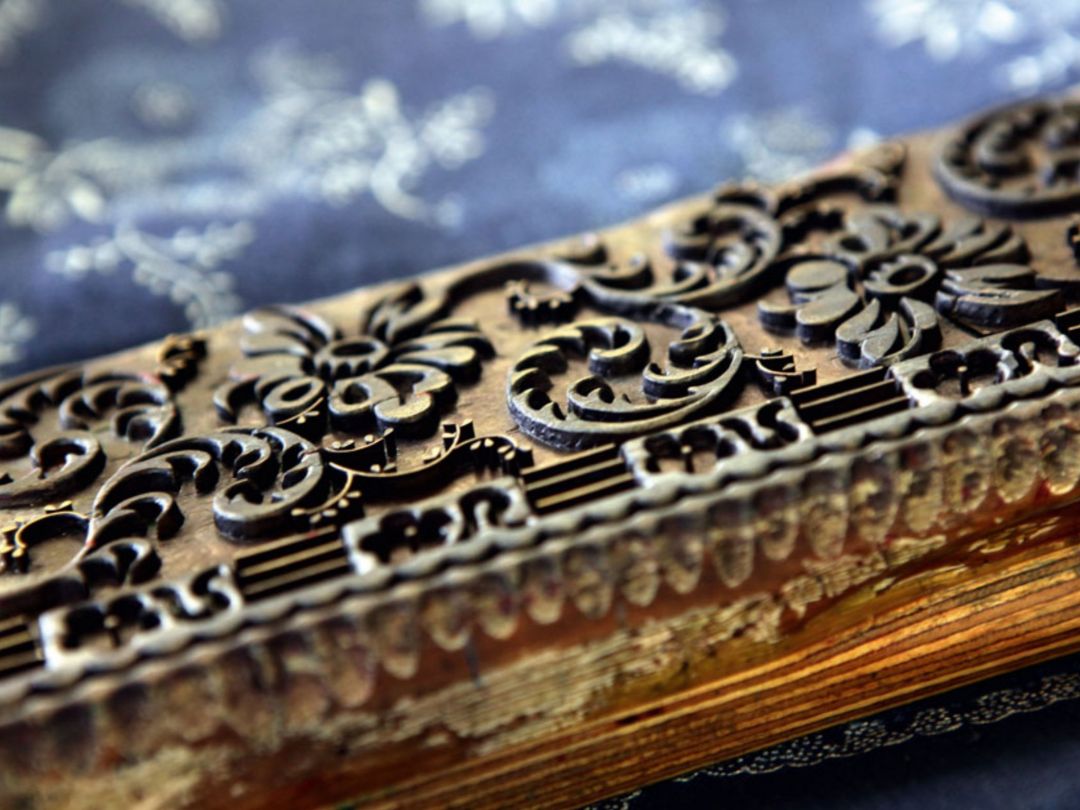
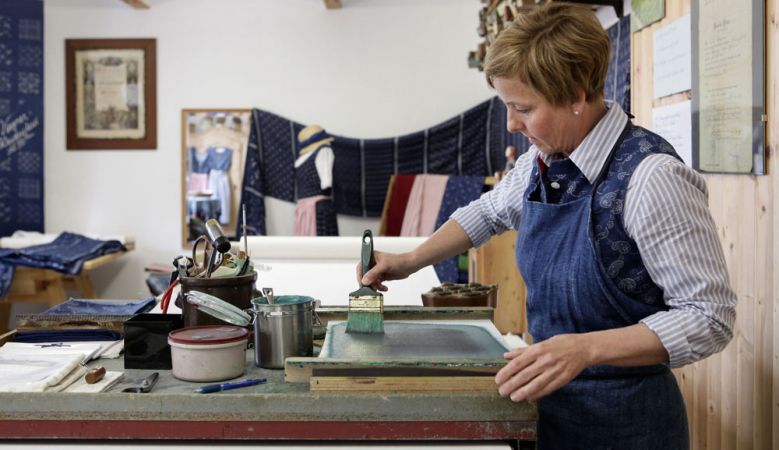
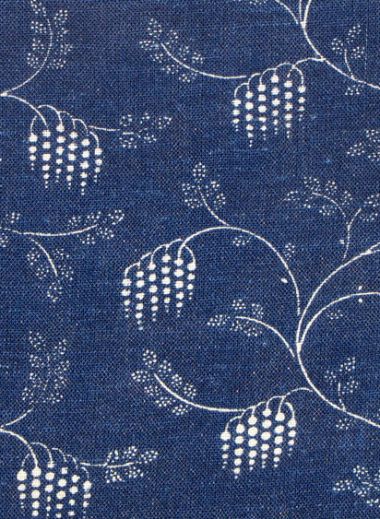

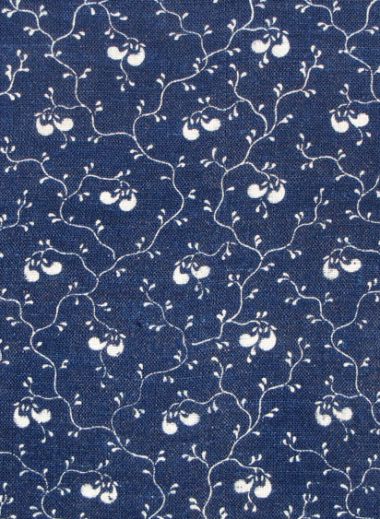
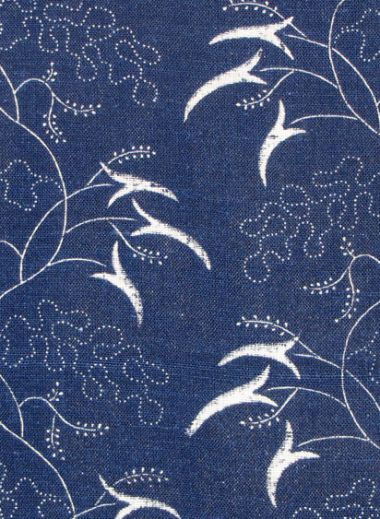
At their ateliers, you can experience the intense experience and intense hue of blue that this handicraft engenders. A unique hand-on activity that connects to this thoroughly European region’s far-flung influences.